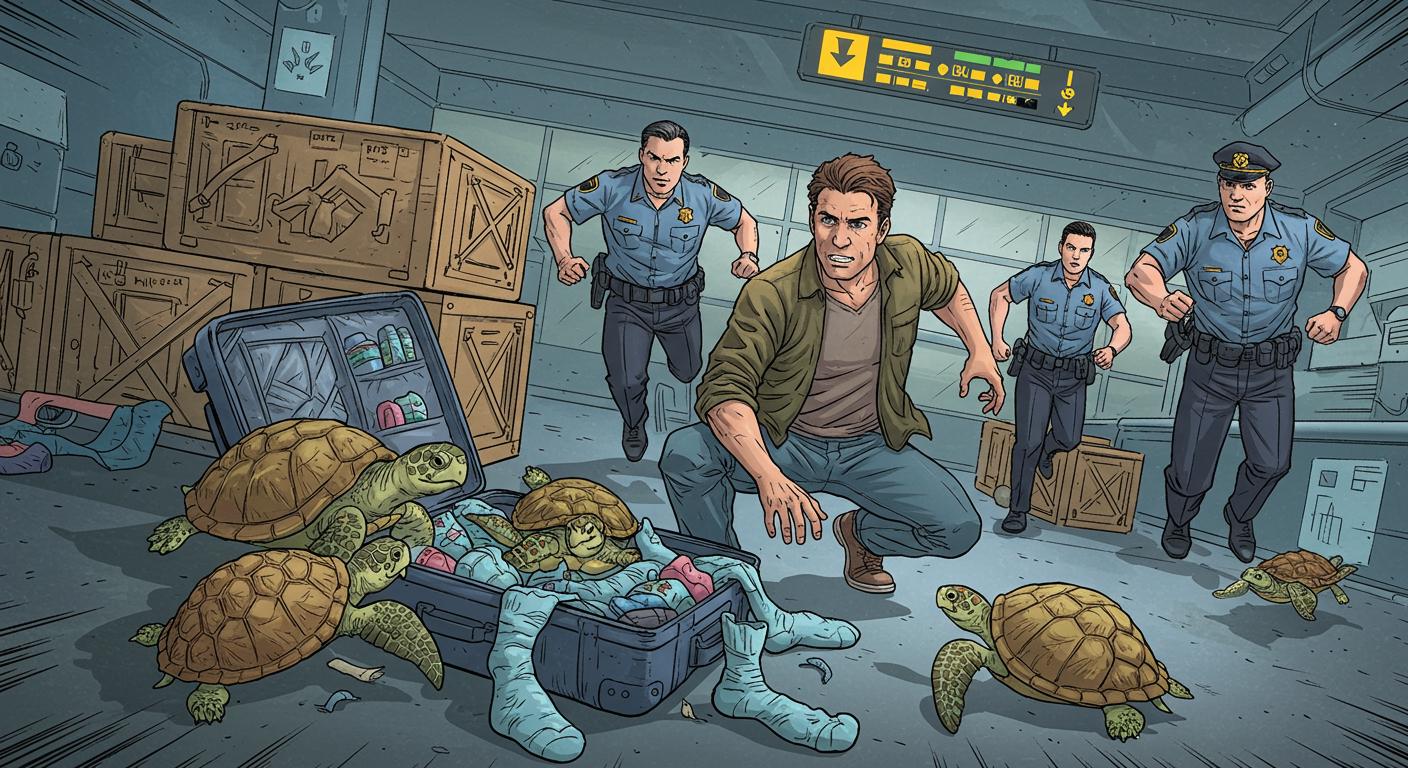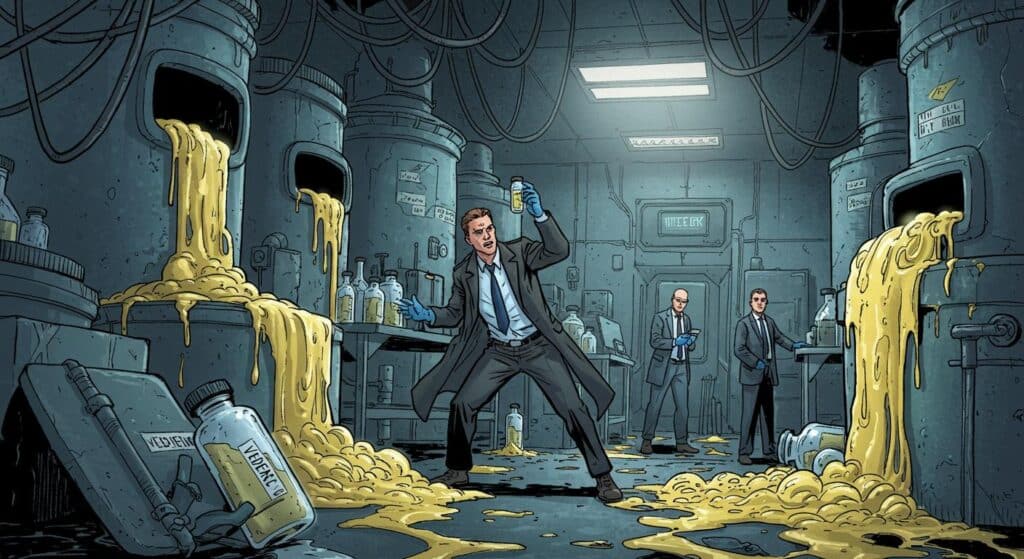If you’re looking for a fresh entry on the list of “world’s least plausible smuggling techniques,” shipping hundreds of turtles individually wrapped in socks might climb straight to the top. As BBC News reports, a man has pleaded guilty in a US district court to exporting no fewer than 850 protected turtles to Hong Kong—each one bundled into a sock and described on shipping labels as a toy.
It’s not often that laundering, in the most literal sense, becomes part of cross-border crime.
The Curious Case of the Sock-Wrapped Turtle
According to details outlined by BBC News, Wei Qiang Lin was responsible for sending over 200 parcels from the United States to Hong Kong between August 2023 and November 2024. Each was labeled in a way that wouldn’t look out of place in bargain bin fiction—descriptions like “plastic animal toys” aimed at eluding suspicion, though it appears the labels were roughly as effective as a cardboard disguise.
When one of Lin’s shipments was intercepted, US authorities discovered the turtles in socks, neatly knotted and stowed among the other contents. The BBC further notes that the species involved—eastern box turtles and three-toed box turtles—are native to the US and command considerable value among pet enthusiasts in China, thanks to their distinctive shell markings. The animals, described as a status symbol in their destination country, were collectively valued at $1.4 million by officials cited in the report.
The same statement, referenced by BBC News, notes that Lin also exported shipments containing other reptiles, some venomous—a significant upgrade from your average odd package. Both turtle species, previously smuggled in large numbers during the 1990s, are now protected by the Convention on International Trade in Endangered Species. Legal export requires official permits that, unsurprisingly, were not present here. The eastern box turtle is also classified as vulnerable by the International Union for Conservation of Nature, deepening the impact of the case for wildlife preservation efforts.
Socks, Snacks, and the Art of the Obvious
The methods may sound like a punchline, but Lin is not alone in his approach. The BBC recalls a separate case from earlier this year, where another Chinese national was sentenced for smuggling over 2,000 eastern box turtles, also using the sock technique. That time, boxes were additionally marked as almond and chocolate cookie shipments, an apparent attempt to merge pet trafficking with the snack aisle.
Authorities previously estimated that a single turtle could sell for $2,000 within this illicit market—a number that rather puts the “plastic toy” ruse in perspective.
The Lesson: Never Underestimate the Humble Sock
Combining animals, apparel, and dubious paperwork may not sound like a winning formula, but these cases highlight the curious blend of improvisation and risk that colors wildlife trafficking. As BBC News documents, both the scale and the strategy have broad implications: for law enforcement, for ecosystems facing dwindling populations, and perhaps for the next customs officer confronted with an unusually lumpy box of “cookies.”
Lin faces sentencing in December, with up to five years in prison a possibility. The pattern—turtles and reptiles masquerading as everyday goods—leaves one to ponder all the ordinary packages that cross borders each day, and how often their true contents go unnoticed. Odd to think the unassuming sock drawer might conceal a six-figure international export.







